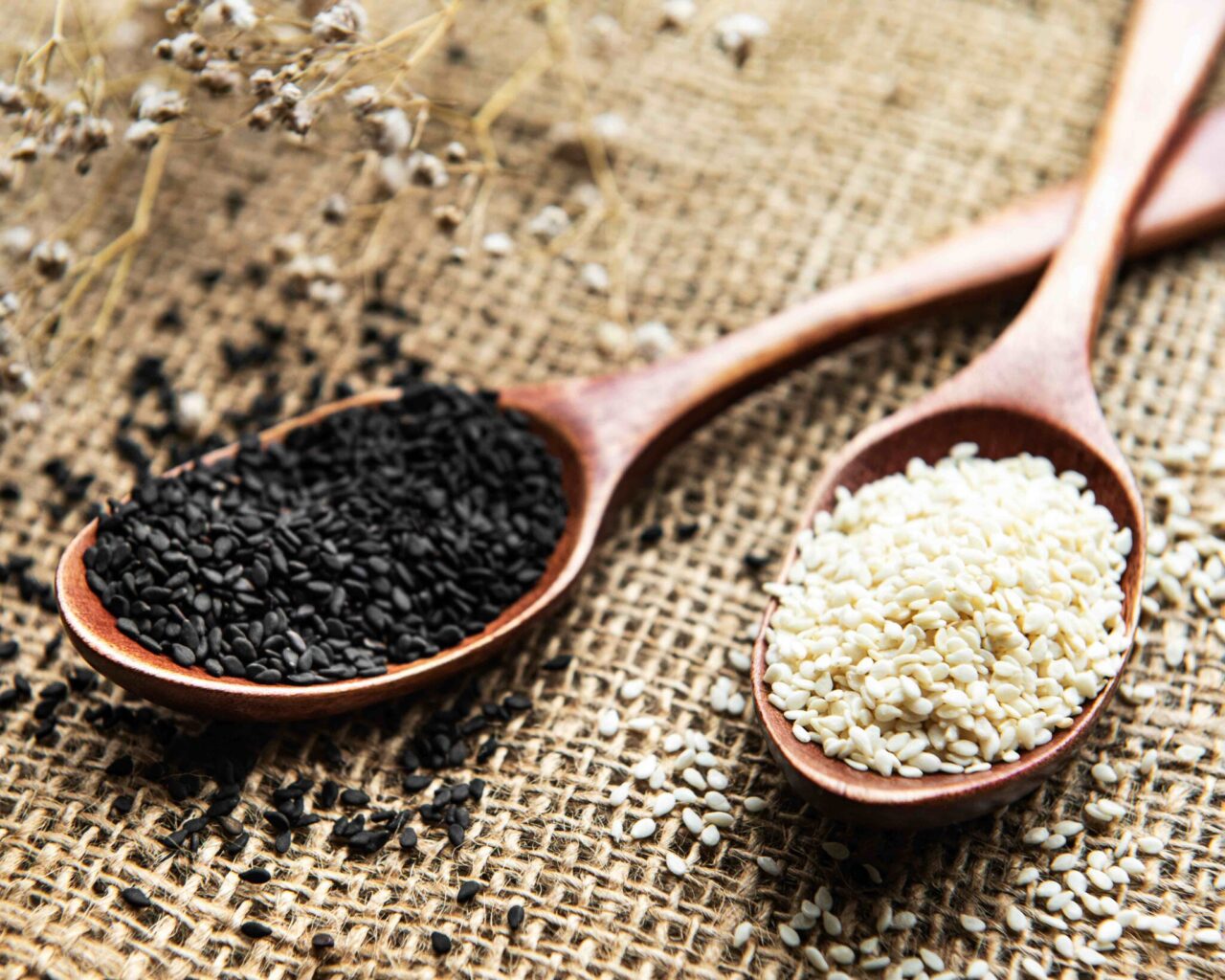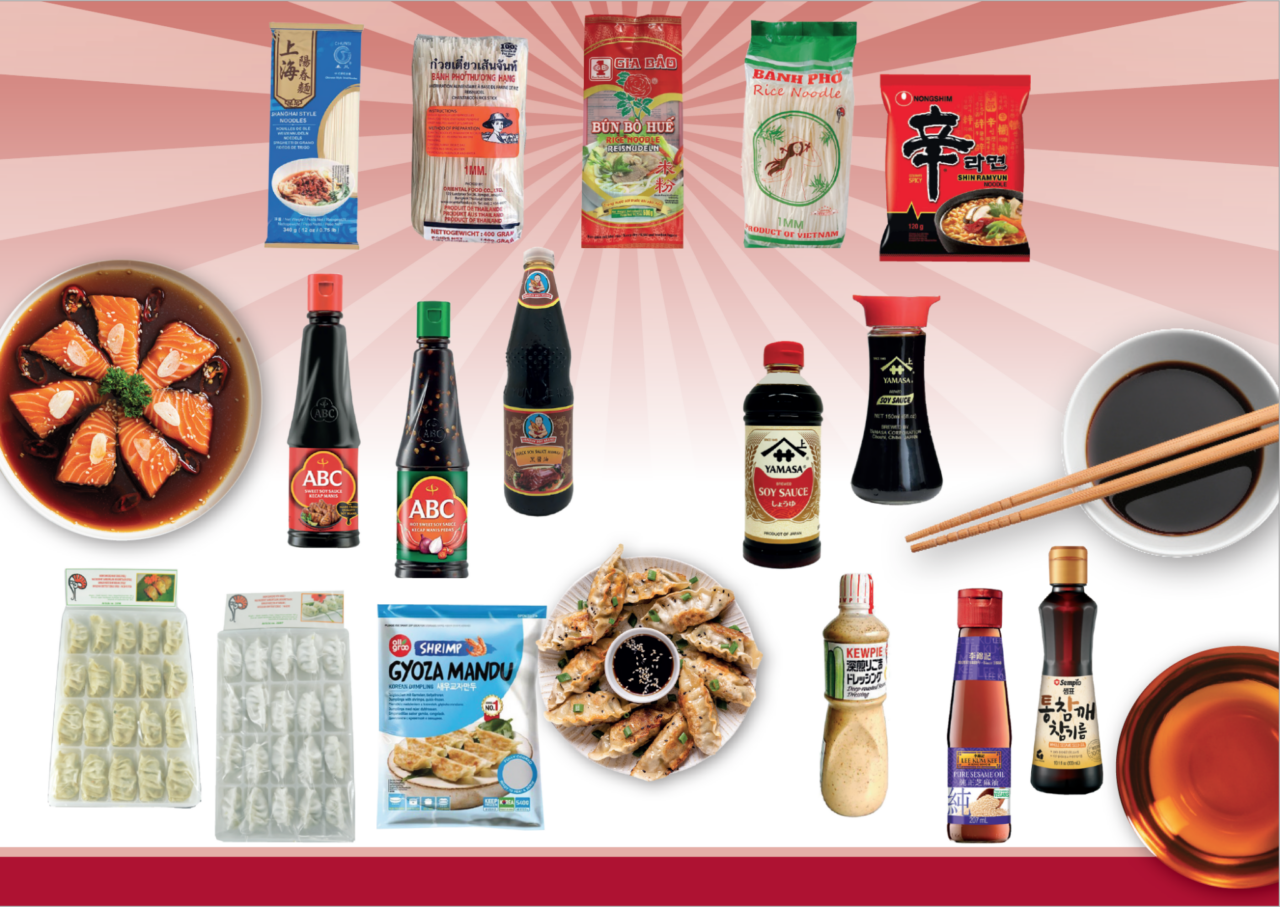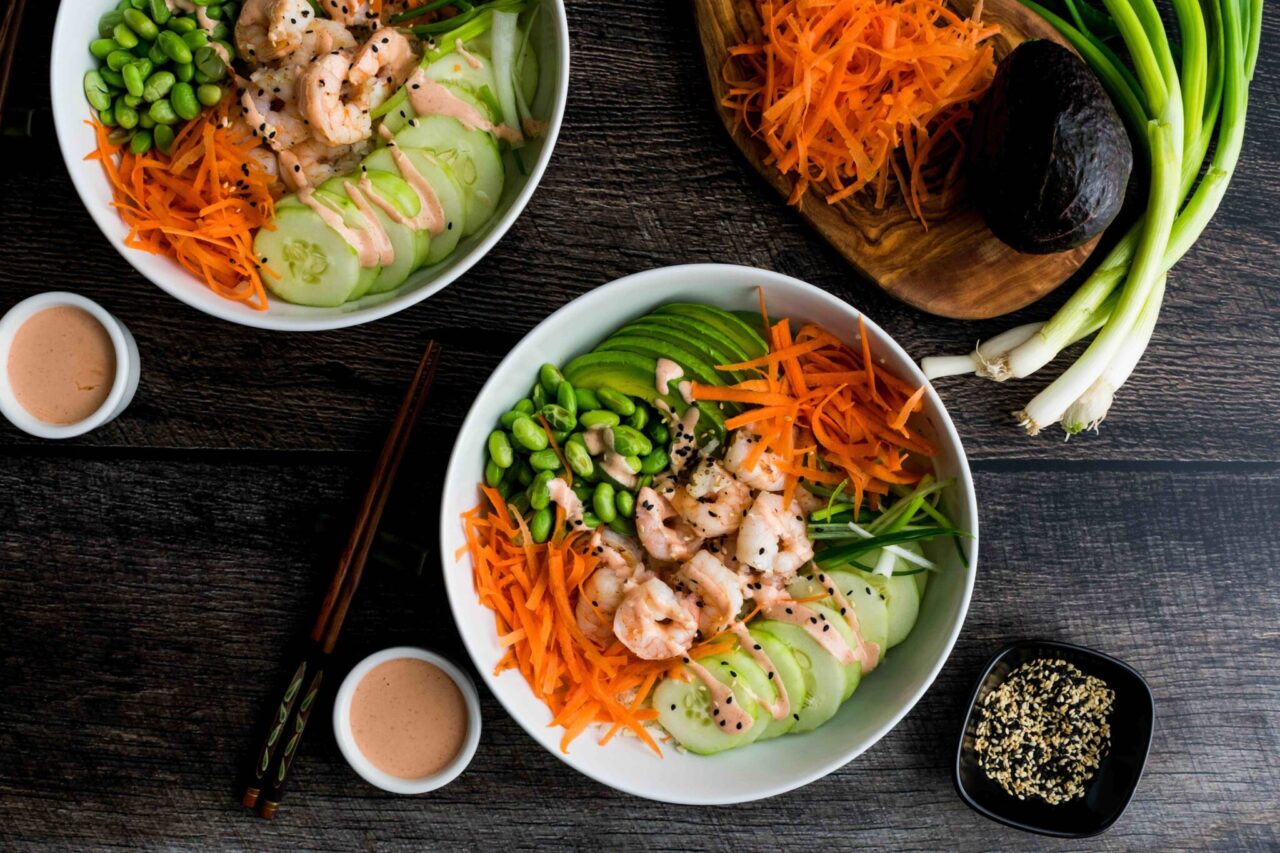Nederlands
English
Deutsch
Français
Sesame seeds add a unique twist to dishes all over the world. The small, oval seeds of the sesame plant have a rich history and are one of the oldest crops in the world. Originating in Africa, they have since spread across the globe, becoming integral to diverse cuisines. In this article, we delve into the comprehensive landscape of sesame seeds, providing insight into what you’re getting when you purchase or use sesame seeds from us.
Topics covered in this article:
Sesame seeds are the seeds of the sesame plant (Sesamum indicum), an annual plant belonging to the Pedaliaceae family. These small seeds are oval-shaped and come in colors ranging from white to black. Known for their mild, nutty flavor, sesame seeds are used in a variety of cuisines worldwide, particularly in Asian, Middle Eastern, and Mediterranean dishes. The sesame plant thrives in subtropical regions across the globe. In addition to their culinary versatility, sesame seeds are valued for their contribution to a healthy diet.
Sesame seeds grow on the sesame plant, which reaches heights of half to one meter. The seeds are found within the seed pods of the plant. Both the seeds and the roots of the plant are used for culinary purposes. The plant mainly grows in subtropical regions worldwide and does well in dry conditions. While originating in Central Africa, the plant now also grows on other continents, including Asia, South America, and Central America. Currently, over half of all sesame seeds originate from China and India.
Growing sesame seeds involves a careful cultivation process. It starts by planting sesame seeds in the soil, where they grow for several months, reaching heights of up to one meter. Flowers, resembling thimbles, appear, and after pollination, seed capsules with ripe sesame seeds develop.
Sesame seeds are ready for harvest when their seed capsules fully ripen, turning brown to black. Harvesting can be done by hand or with machinery, depending on the country or region where the sesame seeds are grown. After harvesting, the seeds are dried, and any impurities are removed.
Finally, the sesame seeds are packaged and prepared for distribution to local markets or international trade. The exact harvesting process varies depending on cultivation conditions, agricultural practices, and the level of mechanization in different countries and regions.
There are two main types of sesame seeds: white sesame seeds and black sesame seeds. White sesame seeds have a mild flavor and are commonly used in bread, pastries, and as a topping.
Black sesame seeds have a more intense flavor and are often used in Asian and Middle Eastern cuisine. The choice between the two types of sesame seeds depends on the intended use and personal preference.
Additionally, there are roasted sesame seeds, which develop a richer flavor through the roasting process. Roasting sesame seeds releases their natural oils, resulting in a deeper and more intense taste profile. This process enhances the nutty and earthy characteristics of sesame, giving it a distinct flavor. Roasting sesame seeds at home is easily done by briefly heating them.

Moving on to its culinary applications, sesame seeds are a versatile ingredient that can enhance a variety of dishes. The mild, nutty aroma and taste of sesame seeds make them an excellent complement to fresh fish, meat, and vegetables. Typically, sesame seeds are roasted before use.

Sesame seeds are not only a delicious and versatile addition, but also offer a considerable amount of nutrients. Sesame seeds are highly nutritious and packed with essential nutrients. In a serving of 100 grams, sesame seeds provide the following composition of fats, proteins, carbohydrates, and fibers:
Sesame seeds are not only rich in macronutrients but also contain essential micronutrients. They contain vitamin E and vitamin B in the form of folate and niacin. They also contain minerals like magnesium, calcium, and phosphorus. These vitamins and minerals play an important role in overall health.
Despite the relatively high calorie content (about 630 calories per 100 grams), sesame seeds offer numerous health benefits. With the presence of unsaturated fats, fiber, vitamins, and minerals, they become a valuable addition to a balanced diet. Sesame seeds are a good fit for a healthy eating plan, but considering the calories, it’s essential to consume them in moderation. They can be incorporated into tasty salads and grains and used as an ingredient in healthy snacks.

Mooijer-Volendam offers both white and black sesame seeds. Additionally, we offer various rice paper options featuring both white and black sesame seeds. In summary, if you’re looking for high-quality sesame seeds, MOOIJER is the ideal choice.